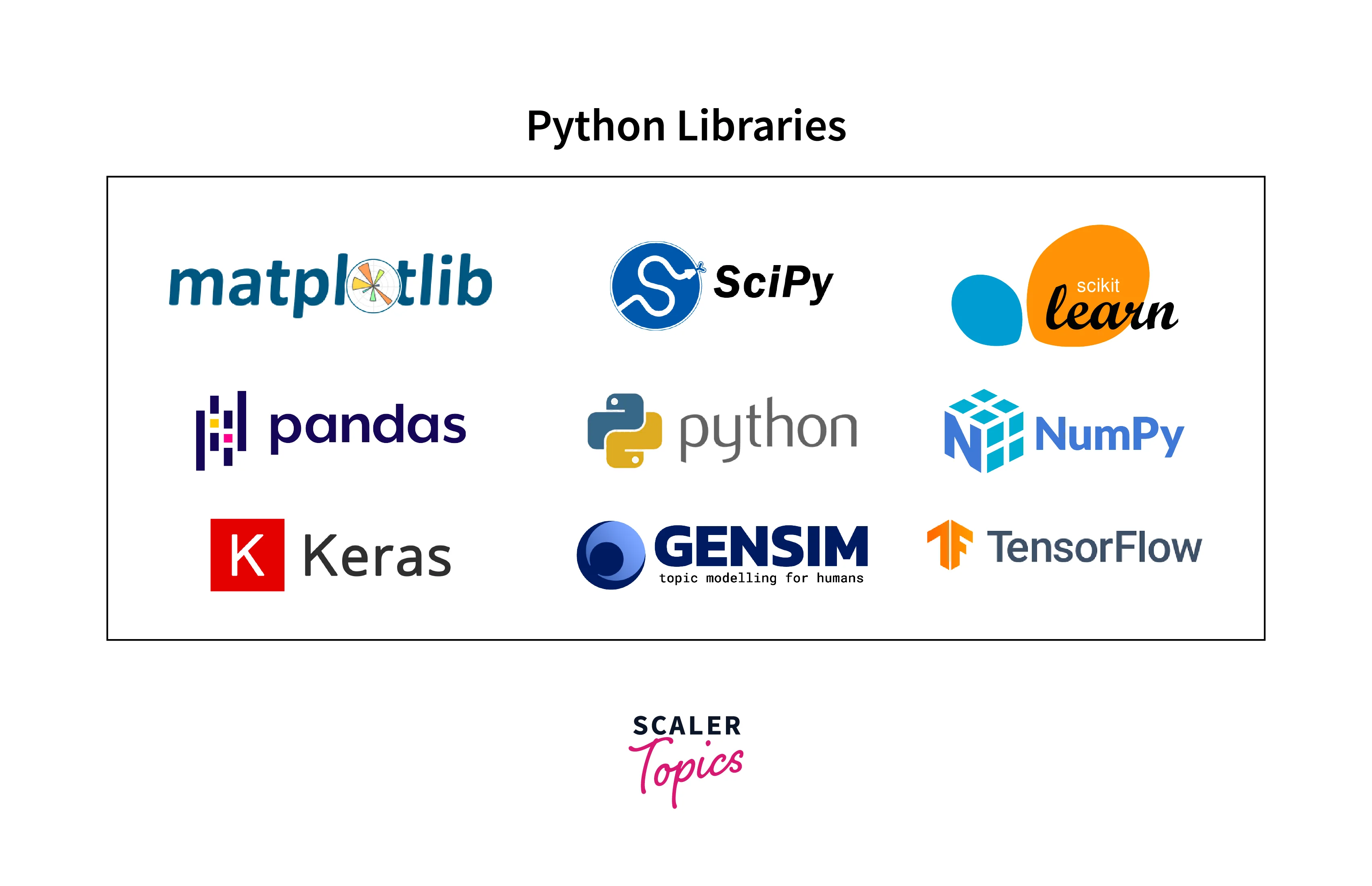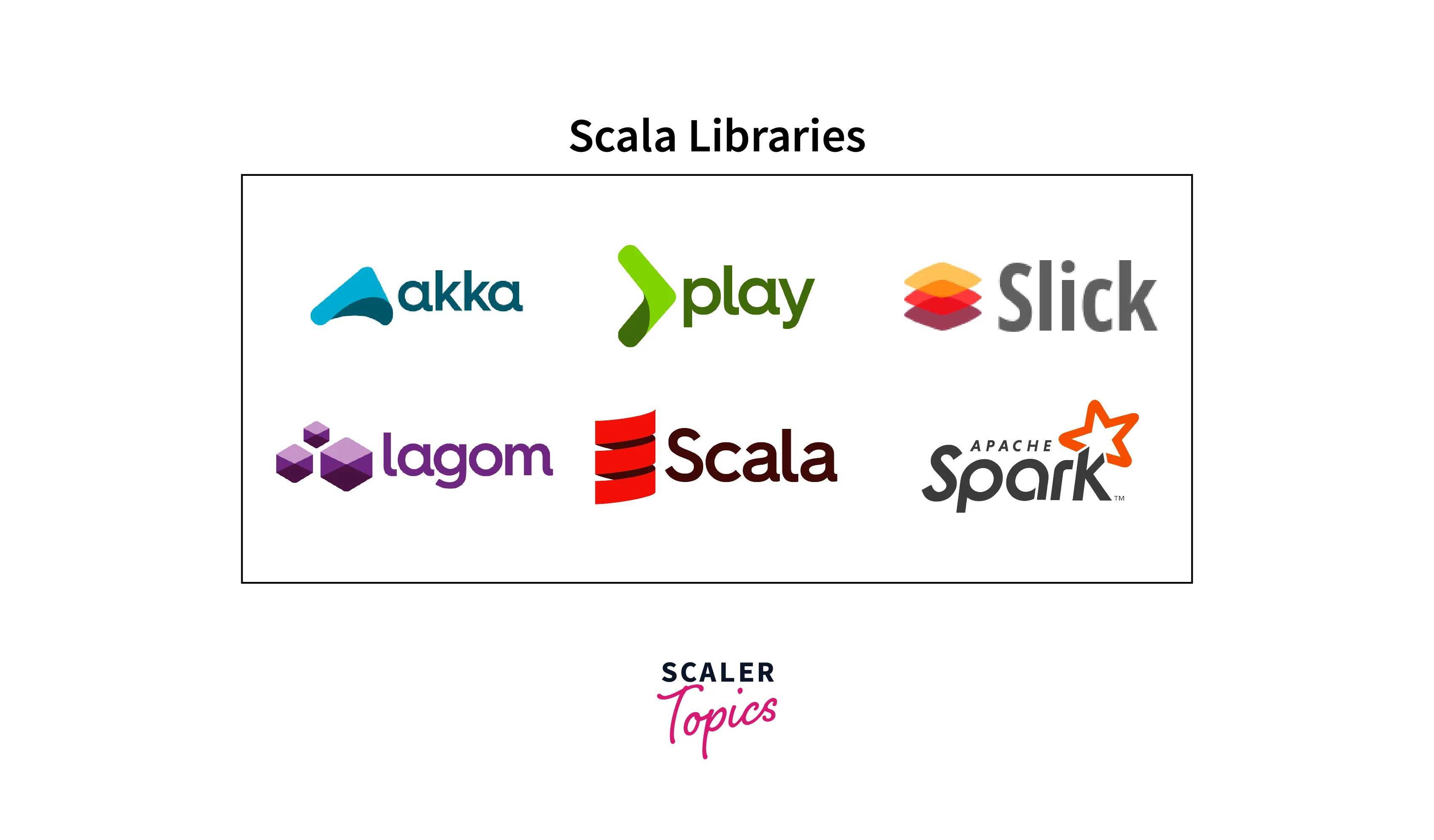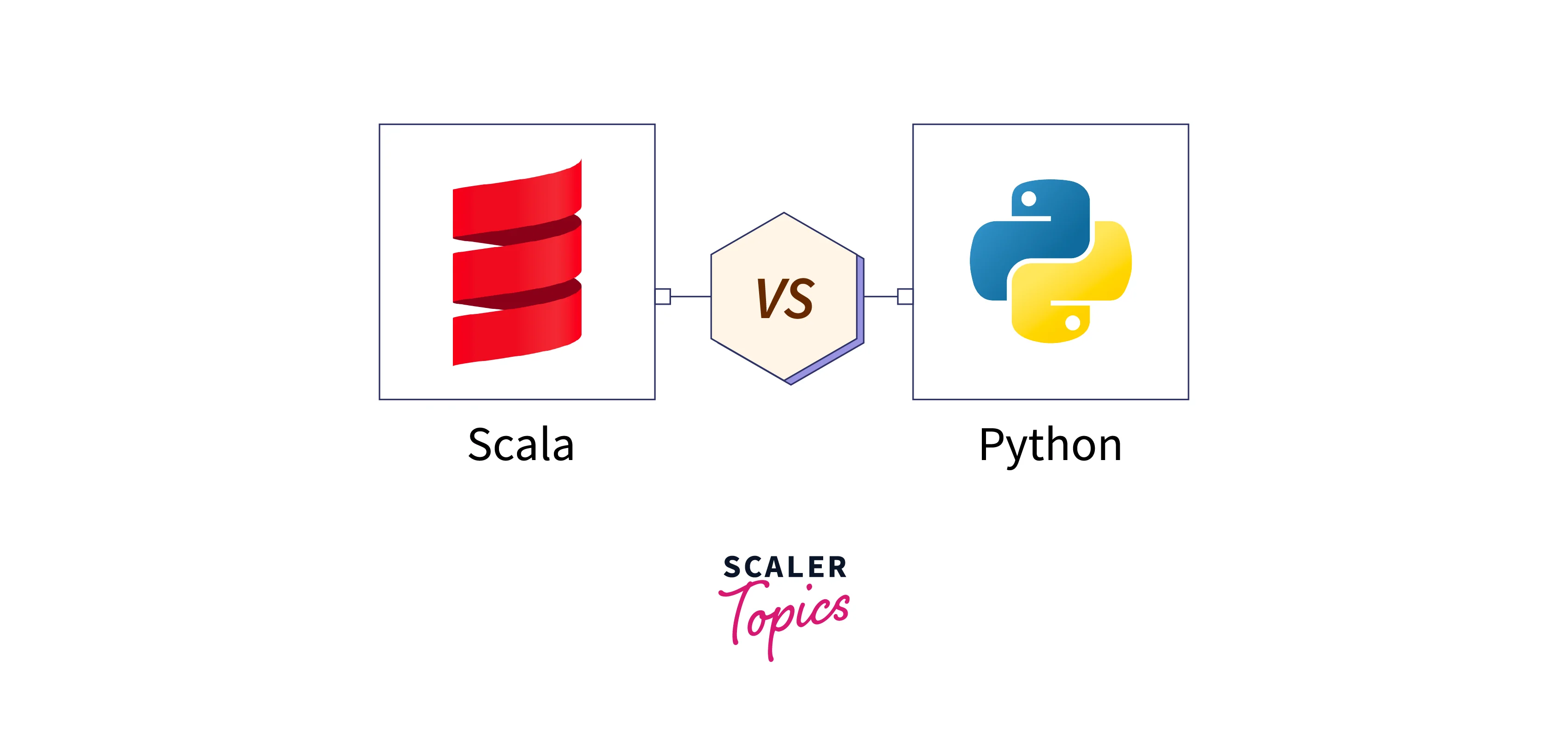The Difference Between Python And Scala
Overview
Python vs Scala is a comparison between two popular languages that offer unique features and capabilities. Python, with its simplicity, readability, and extensive ecosystem, has gained popularity in areas such as web development, data analysis, and machine learning. Scala, on the other hand, offers a hybrid of functional and object-oriented programming paradigms, making it suitable for building scalable, concurrent, and distributed systems, particularly in the big data domain.
Introduction
Python vs Scala - a comparison of two powerful programming languages. Python, known for its simplicity and versatility, has gained immense popularity across various domains. On the other hand, Scala, with its hybrid nature and focus on scalability and concurrency, has found its niche in big data and distributed systems. Python's extensive ecosystem and readable syntax make it ideal for general-purpose development, data analysis, and machine learning. Scala, with its powerful functional and object-oriented capabilities, excels in building scalable, concurrent, and distributed applications. Thus choosing Python vs Scala depends on the requirements and field of the project.
Python vs. Scala
Python
Python, created by Guido van Rossum in the late 1980s, is a high-level, general-purpose programming language known for its simplicity and readability. It emphasizes code clarity and focuses on reducing development time by using concise and expressive syntax.
Python has gained immense popularity for its extensive standard library, wide community support, and versatility, making it suitable for a wide range of applications, including web development, data analysis, scientific computing, machine learning, and artificial intelligence.

Scala
Scala, developed by Martin Odersky in 2004, is a statically typed, general-purpose programming language that runs on the Java Virtual Machine (JVM). It combines object-oriented and functional programming paradigms, enabling developers to write concise and expressive code.
Scala is designed to address the limitations of Java and provides seamless interoperability with existing Java libraries. It is particularly well-suited for building scalable and concurrent applications, and it has gained popularity in the big data and distributed systems domains.

Python vs. Scala: The Key Differences
Let’s see a detailed comparison of Python vs Scala by comparing them on the following key factors:
Learning Curve
Python has a relatively gentle learning curve, making it an accessible language for beginners. Its simplicity and readable syntax enable developers to quickly grasp the fundamentals. Scala, on the other hand, has a steeper learning curve due to its hybrid nature and complex syntax. Understanding functional programming concepts and advanced language features may require more time and effort.
Performance
Python is an interpreted language, which can result in slower execution compared to compiled languages like Scala. However, Python's extensive ecosystem includes optimized libraries and frameworks, boosting performance for computationally intensive tasks. Scala, being a compiled language, generally offers better raw performance. It leverages the JVM's optimizations and static typing, making it suitable for high-performance applications.
Community
Python possesses a vast and active community, providing extensive support and resources. It has a thriving ecosystem with a wide range of libraries and frameworks. Python's community-driven development and popularity in data science and machine learning contribute to a wealth of resources and community-driven solutions. Scala, although not as large as Python's community, has a dedicated following, particularly in the big data and distributed systems domains, with support from Apache projects like Spark.
Concurrency
Python, in the Python vs Scala comparison of concurrency, faces challenges with its Global Interpreter Lock (GIL), which limits true parallelism. Although Python provides alternatives like multiprocessing and asynchronous programming libraries, Scala's concurrency capabilities are more powerful and suitable for complex concurrent scenarios. Scala has inherent support for concurrency, thanks to its functional programming features and actor model implementation with libraries like Akka. It offers an elegant way to handle concurrency, enabling developers to build highly concurrent and fault-tolerant systems.
Code Restoration
Python's dynamic typing allows for more flexible code restoration, as objects and variables can be modified easily during runtime. This flexibility can simplify prototyping and experimentation. Scala, with its static typing, enforces stricter type-checking during compilation, reducing the likelihood of runtime errors. While this offers better code robustness and early bug detection, it may require more effort to modify and restore code in certain scenarios.
Data Science Applications
Python has emerged as the go-to language for data science and machine learning due to its rich ecosystem of specialized libraries, including NumPy, Pandas, scikit-learn, and TensorFlow. Python's simplicity and expressive syntax make it ideal for exploratory data analysis, model building, and visualization. Scala, although gaining grip in Data Science, particularly with Apache Spark, is not as widely adopted in the field compared to Python. However, Scala's integration with Spark makes it a strong choice for big data processing and distributed computing.
Hadoop Integration
Both Python and Scala have good integration with Hadoop ecosystem tools. Python provides libraries like PySpark, enabling developers to leverage the power of Spark for distributed data processing. Scala, being a JVM-based language, seamlessly integrates with Hadoop and other big data tools. It has native support for writing Hadoop MapReduce jobs and can take advantage of Scala's concurrency and functional programming features in the Hadoop ecosystem.

Let's summarise the key differences between Python vs Scala in a quick and easy-to-grasp structure.
| Factors | Python | Scala |
|---|---|---|
| Typing | Dynamically typed | Statically typed |
| Code Execution | Interpreted language, executes code line by line | Compiled language, executes compiled bytecode |
| Learning Curve | Relatively gentle, accessible to beginners | Steeper learning curve, more complex syntax |
| Performance | Interpreted language, slower execution | Compiled language, generally offers better raw performance |
| Community | Vast and active community, extensive ecosystem of libraries | Dedicated following, particularly in big data and distributed systems |
| Concurrency | Challenges with Global Interpreter Lock (GIL), limited parallelism | Inherent support for concurrency, powerful concurrency features |
| Code Restoration | Dynamic typing allows for flexible code restoration | Static typing enforces stricter type checking, better code robustness |
| Data Science Applications | Widely adopted for data science and machine learning, rich ecosystem of specialized libraries | Gaining grip in data science, particularly with Apache Spark |
| Hadoop Integration | Good integration with tools like PySpark for distributed data processing | Seamless integration with Hadoop ecosystem, native support for writing Hadoop MapReduce jobs |
Conclusion
- Python, a versatile high-level programming language, provides simplicity, readability, extensive libraries, and a vibrant community, which makes it an excellent choice for various applications including general-purpose development, data analysis, and machine learning.
- Scala, a statically typed, hybrid programming language, combines object-oriented and functional paradigms, excelling in building scalable, concurrent, and distributed applications, particularly in the big data domain while seamlessly integrating with Java libraries.
